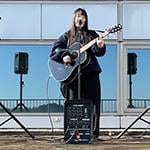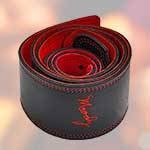Hello. My name is Yamauchi, and I am in charge of synths.
Over the past year or two, I feel that the number of people using hard synths has been increasing, probably due to the influence of YouTube and social media. (They are also being featured more and more in magazines, etc.)
I have already provided introductory synth/keyboard contents in the past, but for the coming 2020s, we would like to provide new “quick-to-understand, quick-to-do” contents!
[Topics Featured in this Issue]
- Which one should I buy?
- I don't understand any of the lingo!
- I can play the piano, but I'm not good with machines!
- What is a good first machine?
- I want to start making sounds in earnest.
Frequently Asked Questions ①

This is the most common inquiry.
To avoid buyer’s remorse, first clarify your purpose.
Keyboards are roughly divided into four categories.
|
Family Models |
For people who do not plan to let others listen to them. For playing at home. |
|---|---|
|
Entry Models |
For people who want others to listen to their performance. |
|
High-End Models |
For people who want others to listen to their performance. |
|
Flagship Models |
For people who want to let others listen to their performances. |
*Models for performance are designed so that sound quality doesn’t degrade even when connected to large speakers. They are also designed so that the sound will blend in when playing with other instruments.
In the case of this question, since the point of this model is to play in public, this model wouldn’t be used at home.
Furthermore, since you are asking for something inexpensive, I recommend an entry-level model.
⇨ Synthesizers Entry Model List
Frequently Asked Questions ②

This is another common inquiry.
Since it is difficult to see the explanation only in writing, I have made a list.
|
Synthesizer |
In a broad sense, it refers to “electronic musical instruments”. |
|---|---|
|
Keyboard |
In a broad sense, it refers to “all keyboard instruments”. |
|
MIDI Keyboard |
This is a keyboard for creating music on a computer or other devices. |
|
Organ |
In a manner of speaking, the organ can be called a kind of synthesizer, but just as few people call a lion a cat, few people would call an organ a synth. There are many different types, and I will introduce them in depth in the future for this Synth Class. |
|
Electone |
This is an electronic organ marketed by Yamaha. |
|
Electronic Piano |
It is designed to reproduce a live piano using synthesizer principles. Models for live performance are called stage pianos. |
|
Electric Piano |
It sounds like an electronic piano, but it is a completely different instrument. It is a piano shaped electric instrument with a sweet and sad sound. I will introduce this more in depth later in this Synth Class. |
In most cases, what you are looking for is a “keyboard synthesizer”.
Frequently Asked Questions ③

There are many things to think about, but the simple point is: do you play rock music or not?

If you do not play rock music, I recommend a stage piano. The playing comfort is close to that of an acoustic piano, and articulation is easy to express.

If you also play rock, a combo type keyboard is a good choice.
Many products have semi-weighted keyboards that play passages faster than a stage piano and are less tiring to play intensely.
Also, since the recorded tones are narrowed down for band ensembles, you can concentrate on your performance instead of worrying about the controls.
*“Combo keyboard” is not a common designation. Since many products are designed with similar concepts, I refer to them as combo (band) keyboards for convenience.
Frequently Asked Questions ④

Welcome! This synth class is going to be written mainly for these people.
First of all, since you already have a keyboard synth, you can just buy any synth you want and then you can always add another one later!
*In the end, you will end up with a room full of synths that you often see displayed in magazines (synth heaven).
However, this is not an actual answer, so I will explain how to choose the first 1-5 synths.
How to Choose a Synth First
First of all, let me say at the outset that trying to get everything at once can be a very big expense. To avoid this, if you don't have a single synth, buy a workstation-type synth first.
A workstation synth is an all-in-one synth. In guitar effects pedal terms, it is a multi-effects unit.
Workstation type synths are the specialty of Japanese makers, and the top three brands are dominated by Japan. Of course, they are the top three in the whole world!
| YAMAHA | ROLAND | KORG | |
| Entry Level Models | 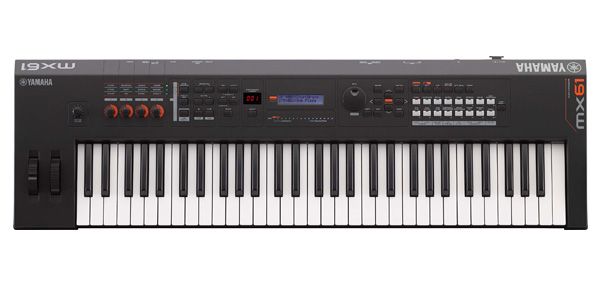 MX |
 JUNO-DS |
 KROSS |
| High-End Models | 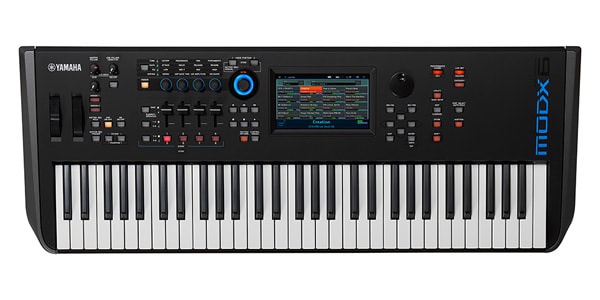 MODX |
 FA |
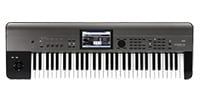 KROME |
| Flagship Models |  MONTAGE |
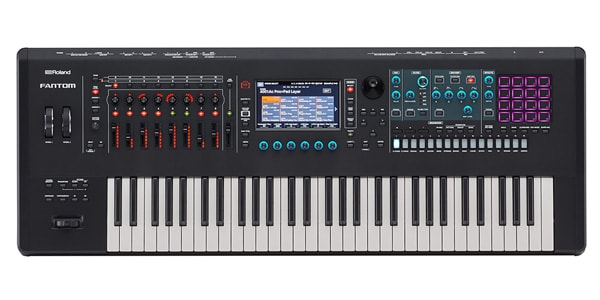 FANTOM |
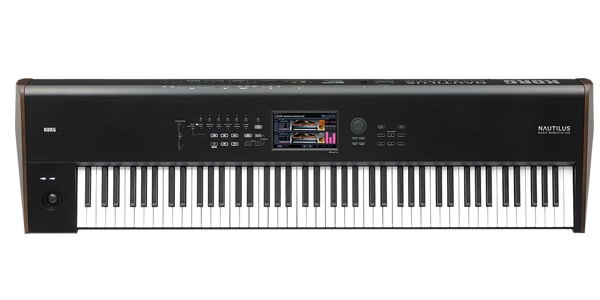 NAUTILUS |
There is such a difference in sound quality between entry-level and high-end models that even non-musicians can tell the difference.
Flagship models are monster machines with all kinds of features so that there is no need to buy more later.
If you are a student, I recommend the entry-level models; if you are serious about playing in a band, I recommend the high-end models; and if you want to do everything from composing to live performances to recording with a single machine, I recommend the flagship models.
Try composing with just one workstation synth to start with.
How to choose a second synth
A workstation-type synth is, at best, a versatile machine, but because of this, it requires a lot of manipulation to create sounds, and it is not good at taking an idea that just came to mind and giving it shape in less than 20 seconds.
If you have time to prepare for a show or use it for production, there is no problem, but if improvisation is required, such as improvisation or DJ performance, a dedicated machine is the way to go.
There are several parts to composing on a synth, just as there are in a band. Basically, these parts are often divided by sound system, and the following are the most common ones you will find.
|
Sound Lineage |
Names you hear frequently |
|---|---|
|
Lead |
Sign, saw, triangle, pulse, square, super saw |
|
Bass |
Acid, wobble, super sub |
|
Chords |
Lust, organ, clavinova, chords |
|
Individual sounds |
Mallets, plucking, bells |
|
Soundscape sounds |
Pads, strings, texture, stab |
|
Rhythmic |
Kick, snare, clap, high hat, toms, SFX |
Among these, the four most easily recognized as “cool or flashy sounds” are lead (melody), bass, chords, and rhythm.
As you can see from the names, they clearly have different roles, so they are easy to choose.
The synths that are appropriate for the part you are currently playing and you think, “I want to make this part cooler!” Let's buy a synth that fits the part you want to make cooler.
Finally
How was your experience?
I myself struggled at first because I did not know how to choose and I hadn’t researched synths.
I hope that this article will be of some help to you when choosing your own synth(s).
Finally, I would like to introduce some relatively inexpensive synths that are particularly attractive. No matter which synth you start with, you will gain a deeper understanding of the other synths by thoroughly playing one of them.
As with any other instrument, the first one should have a look that makes you want to touch it, so choose one with the coolest or the cutest look!
| Lead | 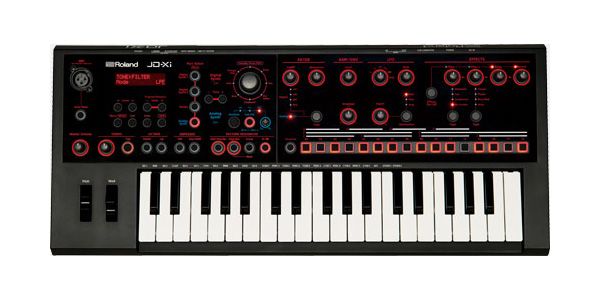 ROLAND/JDXI |
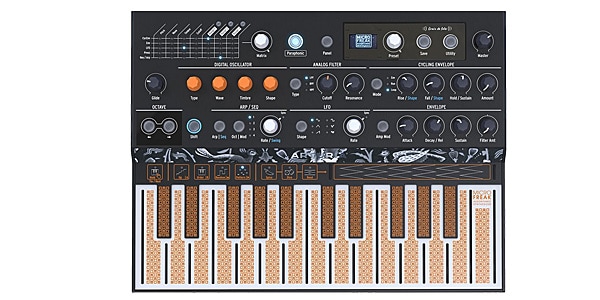 MicroFreak |
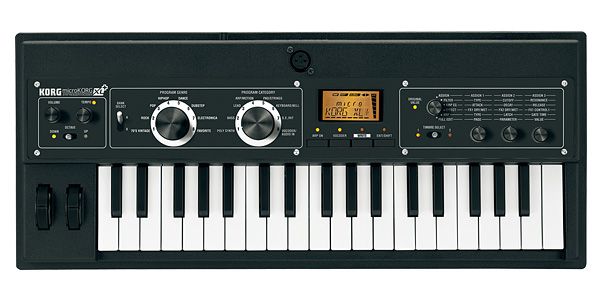 microKORG XL+ |
|---|---|---|---|
| Bass | 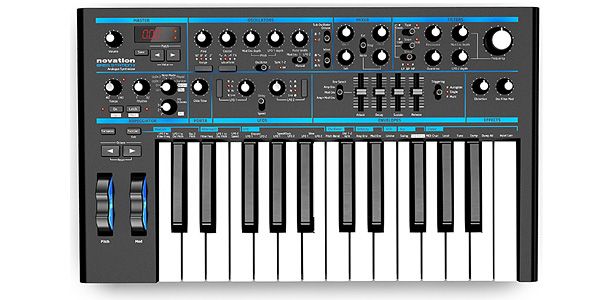 Bass Station II |
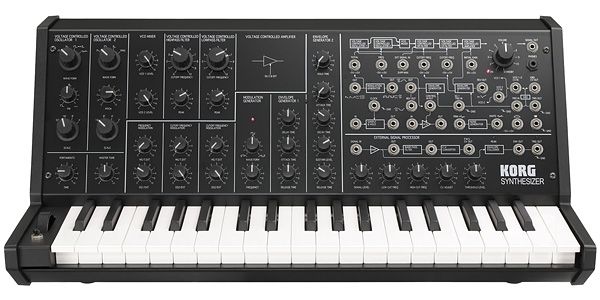 MS-20 mini |
 TB-03 |
| Chord | 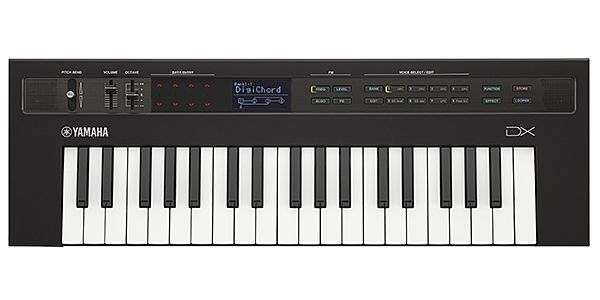 reface DX |
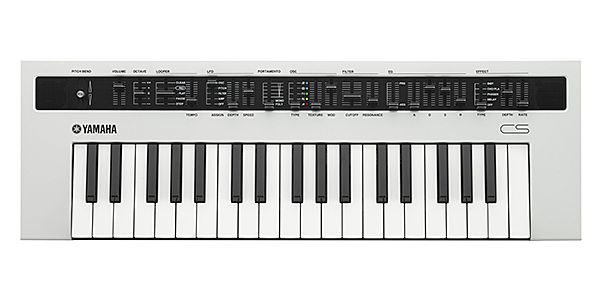 reface CS |
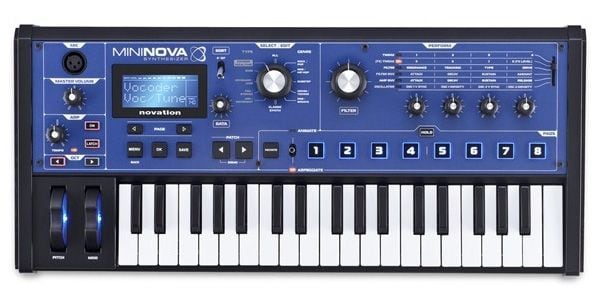 MiniNova |
| Rhythmic | 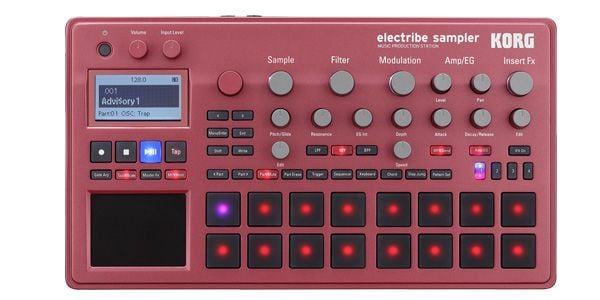 ELECTRIBE2S-RD |
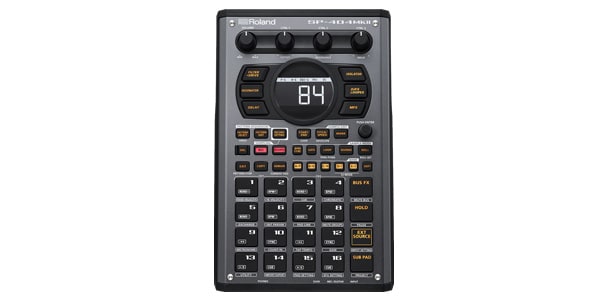 ROLAND/SP404MKII |
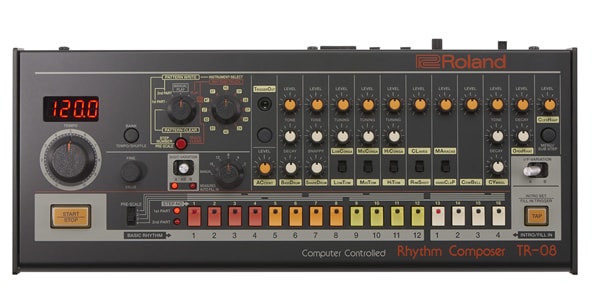 TR-08 |
In the next synth class, I will explain sound creation using the MS-20 mini, which is modeled after the vintage masterpiece MS-20.
See you soon.
Continue to [2nd Period]






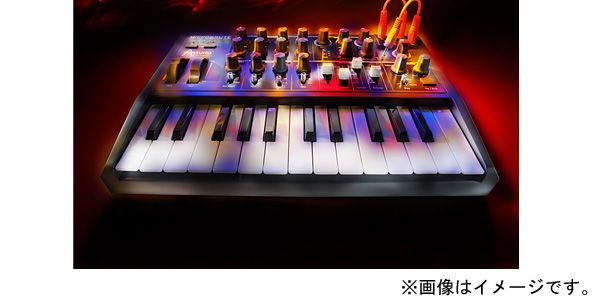



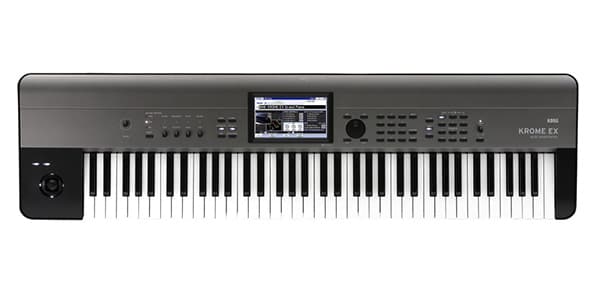
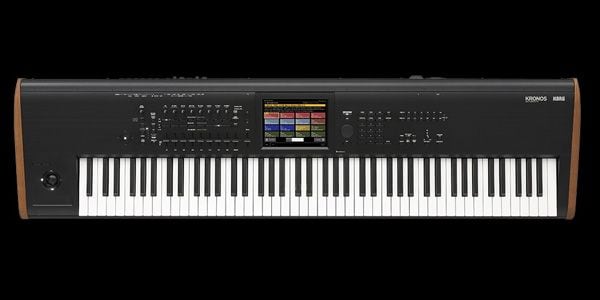
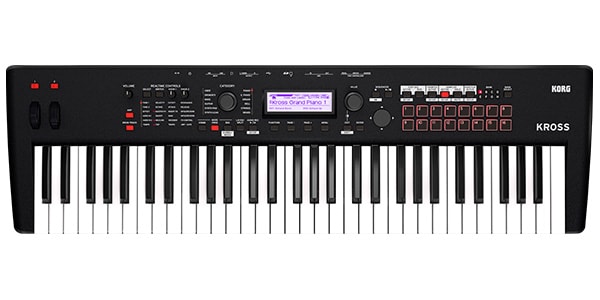
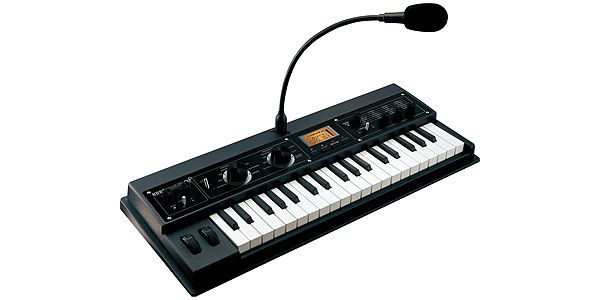



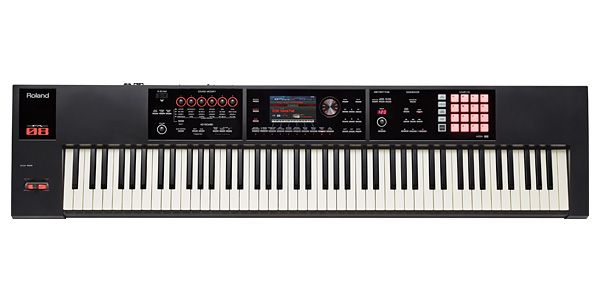
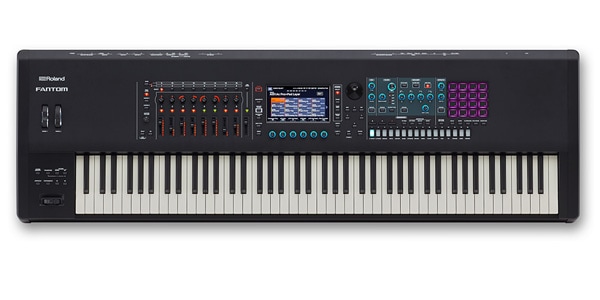
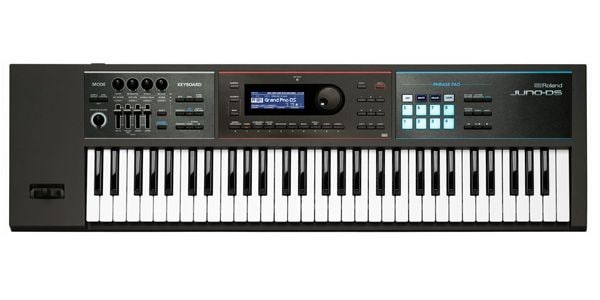





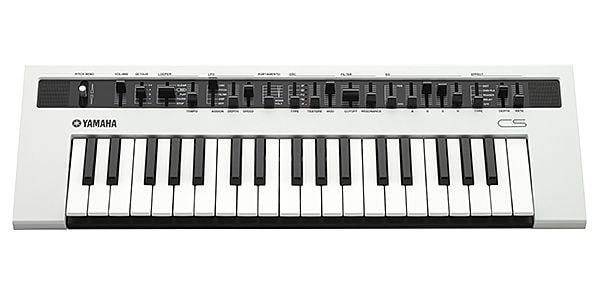
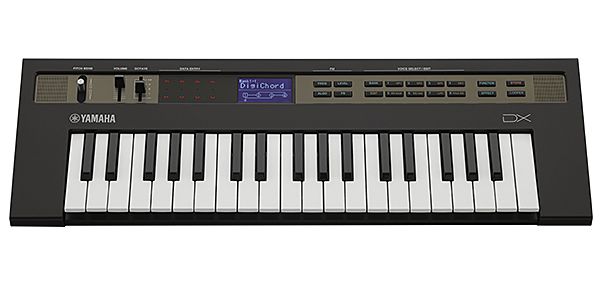
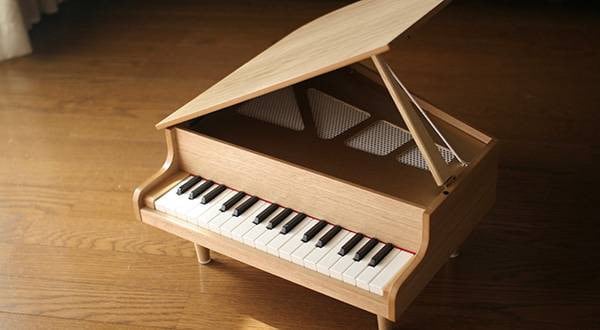
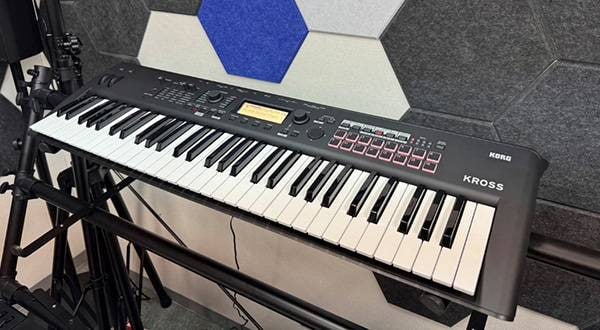
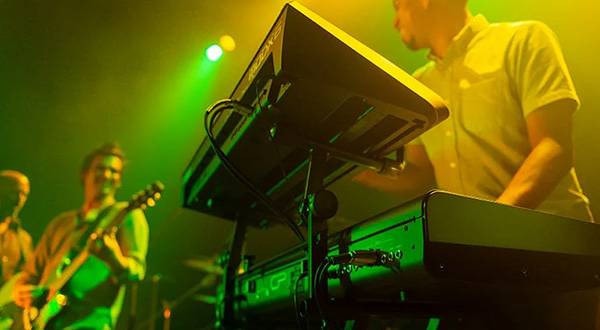
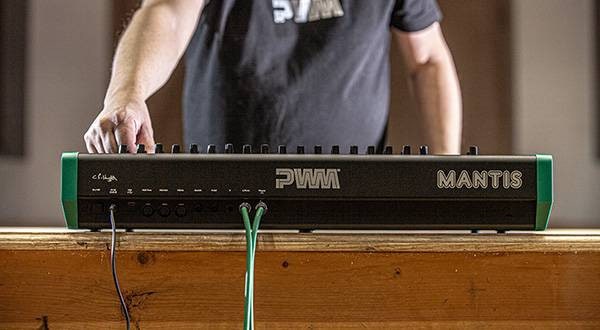
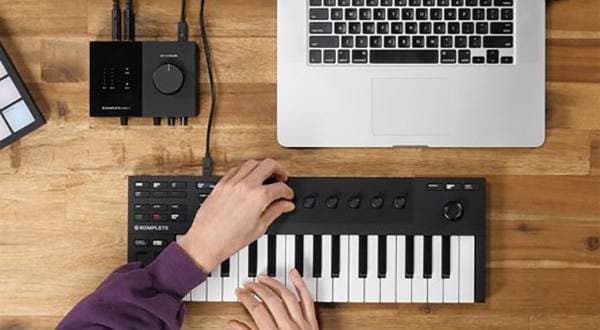
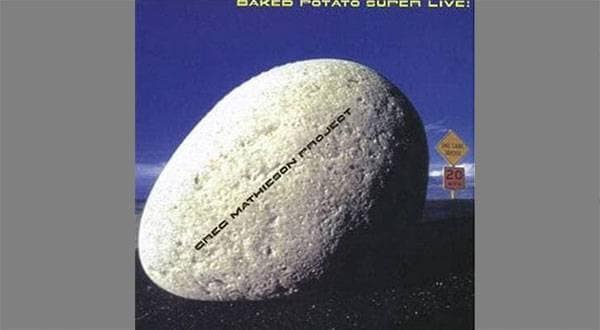
![[2025 Latest Edition!] Popular Modular Synthesizer/Semi-Modular Synthesizer Ranking [Recommendations]](/contents/uploads/thumbs/2/2021/12/20211202_2_15495_1.jpg)
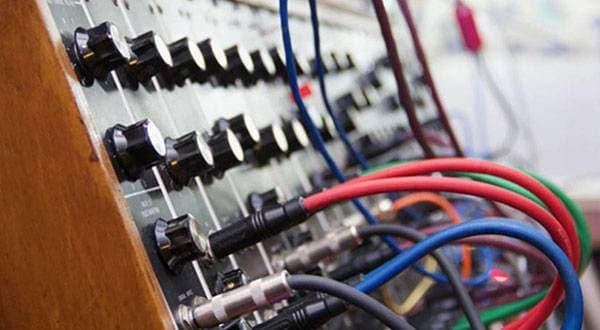
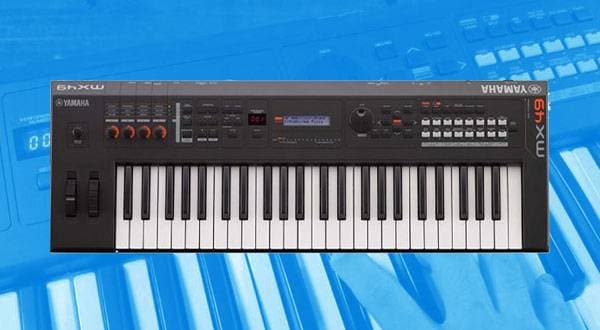
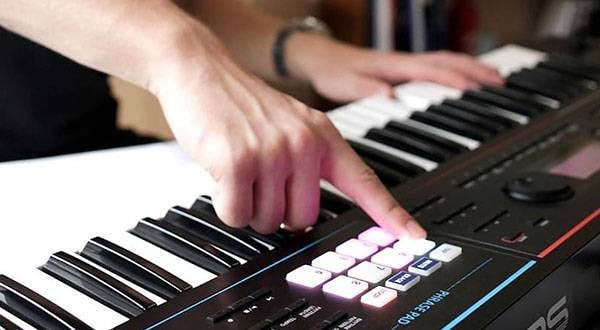

 Roland 電子ピアノデジタルピアノ購入ガイド
Roland 電子ピアノデジタルピアノ購入ガイド
 おすすめの電子ピアノ
おすすめの電子ピアノ
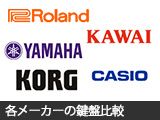 各メーカーの鍵盤比較
各メーカーの鍵盤比較
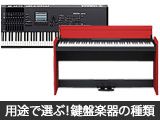 用途で選ぶ!鍵盤楽器の種類
用途で選ぶ!鍵盤楽器の種類
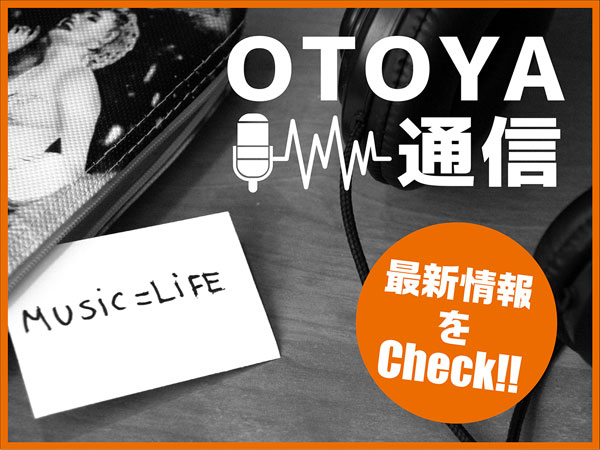 最新コラム&動画をCheck!! OTOYA通信
最新コラム&動画をCheck!! OTOYA通信
 サウンドハウス虎の巻 !
サウンドハウス虎の巻 !
